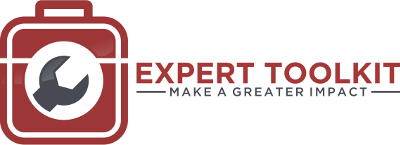Why you need a project business case
A business case. Do we, or don’t we? A common question.
Firstly, what is a business case? A business case is several things:
- It’s a financial justification of any investment – such as the implementation of a new technology system.
- It determines the value of the investment, in most cases but not necessarily, the financial value.
- Usually business cases involve a thorough analysis and require a combination of financial and business skills and industry or technical solution knowledge.
- They are a (the?) key input to decision makers when they are considering developing or implementing a project that requires a significant investment of time, resources and money.
A Business Case is key in managing any major transformation project
A business case can bring clarity, and focus to any major project investment:
- It supports investment decision making – is this really worth it?
- It shows the value that can be delivered – what will we get out of this?
- It helps improve solutions by prioritizing those aspects that deliver the most value.
- They can justify starting, stopping or changing project components.
- They support risk identification and mitigation - what might impact the project's success?
- They help to focus energy on projects that create the most value and are likely to deliver intended benefits.
In any large project, there are typically three general phases – Vision, Design, and Deliver. A business case plays a role in each of these phases.

Vision
In the Vision stage, a top-down or “high level” business case should be developed with underlying financial analysis. There are 3 key questions being answered at this stage:
- Where is the potential to generate value?
- What is the economic added value this investment is going to bring?
- Do we feel confident enough to move to the next phase and invest more?
Design
In the design stage of any project, a business case adds further clarity, precision and confidence to the investment. It also supports prioritization of components (“more of this, less of that” or “this first, this second, this third”). In the Design phase, a business case can be used for many purposes:
- Initial identification and quantification of likely benefits and costs.
- Creation of the initial economic model which will be used in the business case.
- Support risk and sensitivity analysis – so as to understand what might cause the business case to vary.
Deliver
Once you have moved to the Deliver phase, the commitment to invest significant dollars has been made. Now the business case becomes a tool to assist with tracking the return on that investment. It is also a solid reference point for comparing “what we thought was going to happen” against “what is actually happening” and thus supporting any modifications to a project – scope, resources, priorities, risk mitigation and assumptions. In the Deliver phase, a business case is used as:
- An input to formal benefits tracking
- An aid to ongoing risk identification and mitigation
- A tool for reviewing and adapting project objectives and scope against what makes economic value
- A guide to steer the project towards value creation
In short, any significant investment of dollars, time or resources should be based on a sound business case.
The team at Expert Toolkit have created a Project Business Case Template based on proven practices and what we have seen work - again and again. You can get it here - and save yourself time, effort, stress and deliver maximum impact.
